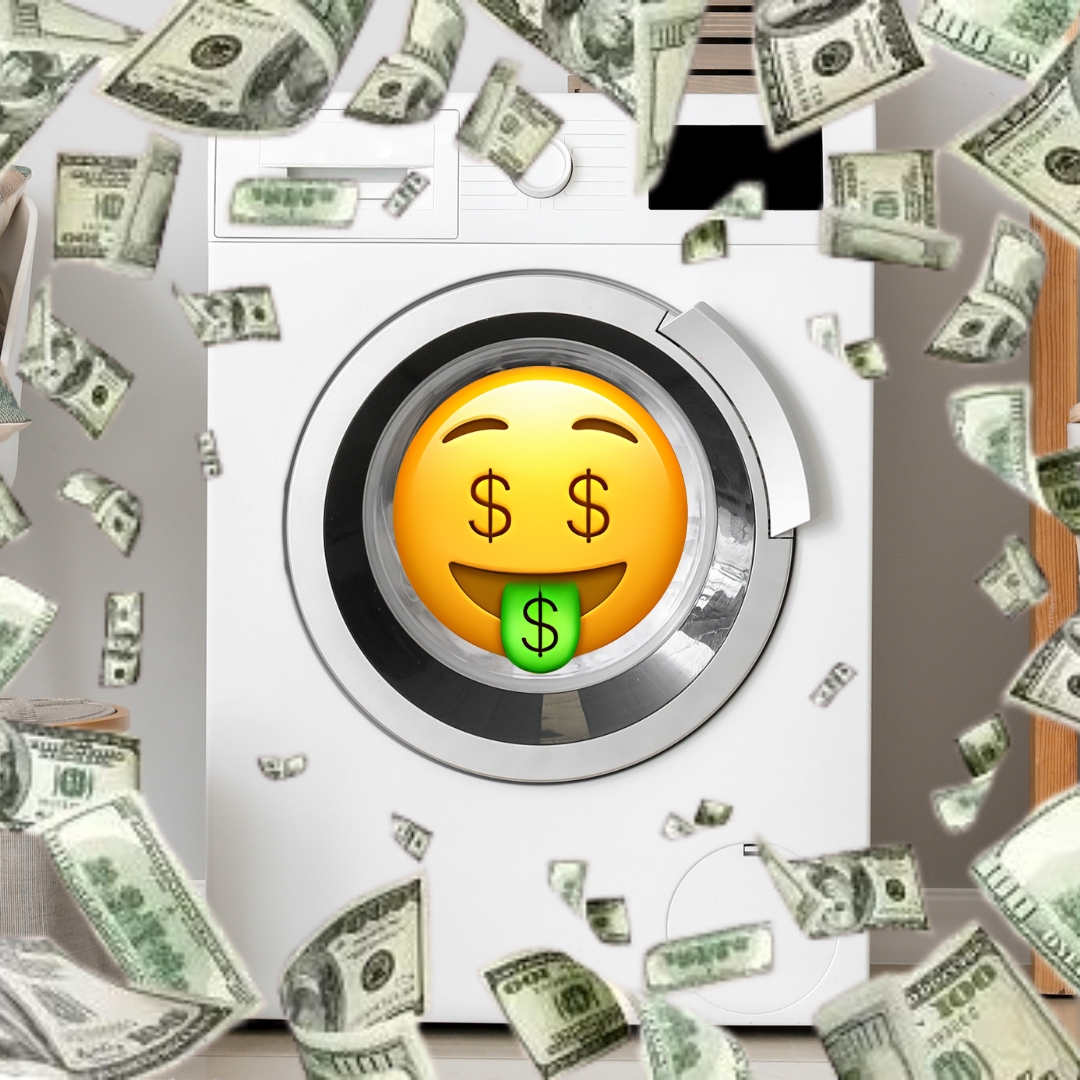Winter: the not-so-wonderful time of the year
The moon rises behind Aspen High School at the early time of 5:30 pm on a recent night. For some people, the decreased amount of daylight can lead to Seasonal Affective Disorder.
With fresh powder glistening on the mountains and lights twinkling all around town, winter is supposed to be a time of festivity, food, and family. However, many believe the dark and cold months of the holiday season are the most stressful time of the year. As the days get shorter and the temperatures get lower, some may feel tired, stressed out, or even depressed.
The most serious form of this feeling is seasonal depression, or Seasonal Affective Disorder (SAD). According to The Cleveland Clinic, symptoms of SAD can include appetite or weight changes, feeling angry, fatigued, or anxious, or changes in sleeping patterns. Approximately half a million people have recurring seasonal depression in the US, and almost all of them are under the age of 50. Even for people that do not have SAD, the winter months can be extremely challenging.
A common cause of stress or SAD is the amount of sunlight in the winter. The body’s internal clock, or circadian rhythm, can change in response to shorter daylight hours. The brain receives signals from nerves in the eyes about whether it is dark or light, which goes to a part of the brain called the suprachiasmatic nucleus. According to the National Institute of General Health Services (NIGMS), this part of the brain “can influence sleep-wake cycles, hormone release, eating habits and digestion, body temperature, and other important bodily functions.” During the winter days when it is dark for longer, people’s circadian rhythms may become irregular. Some may develop sleep disorders, obesity, depression, or SAD when their circadian rhythms become irregular, according to NIGMS.
There are ways to help restore circadian rhythms and help with the symptoms of SAD, such as getting as much natural sunlight as possible, exercising, and eating a healthy diet. One solution is light therapy, which involves the use of artificial light to simulate sunlight. One option, a lightbox, is a type of light that gives off light ten times the intensity of standard indoor lighting, according to an article on helpguide.org. This type of light does not contain UV rays and can be used in the morning to help the body create a regular circadian rhythm. Another treatment, a dawn simulator light, gradually creates light in your bedroom over a 30-45 minute time period to imitate the sun rising. According to helpguide.org, light therapy has been effective in improving the mood of people with SAD in 85 percent of cases and can act as an antidepressant.
Even if you have don’t have SAD, a lot of people feel sad or depressed in the winter. But there is an easy way for anyone to make a positive impact on many people’s lives and make a big difference in someone’s mood: being kind. Even the smallest kind acts can make a difference in anyone’s day, such as a smile. During winter days, we should try to understand that we are all going through our own personal experiences, and we should all try to be nice, even in small ways, to make anyone’s day better and change the world positively.

Harper Axelman is a senior at AHS and this is her third year writing for The Skier Scribbler. She enjoys spending time outside, skiing, and...
























